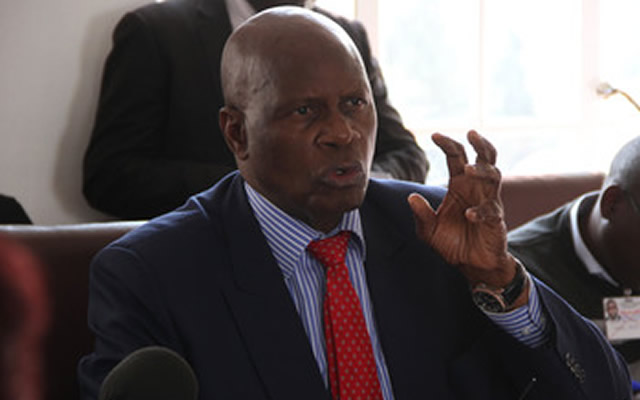Potraz to break down telecoms barriers

Golden Sibanda Senior Business Reporter
THE Postal and Telecommunications Regulatory Authority of Zimbabwe has taken steps towards mandatory sharing of telecoms infrastructure, a move the authority believes has potential to reduce the cost of service to consumers.
This comes as Finance Minister Patrick Chinamasa told a recent business breakfast meeting in South Africa that he was not happy with the level of infrastructure sharing, saying it increased development costs which are then passed on to the end users.
Potraz said sharing infrastructure had potential to cut costs by between 15 percent to 30 percent and could cut mobile network operators annual capital outlay by 60 percent. It has since drafted a consultation paper to be discussed mid of this month.
Capital expenditure, Potraz said, also accounted for 60 percent of the cost of service to consumers at a time when only 13 percent of passive infrastructure was being shared. None of the players share active or back-haul equipment.
Yet a study carried out by Potraz this year on the cost of telecoms services identified infrastructure duplication and high cost of procuring telecoms equipment in Zimbabwe as major contributors to the high cost of service provision.
“Industry sources cite that passive infrastructure sharing can potentially yield overall cost savings as much as between 15 percent and 30 percent, with clear cost savings on yearly site capital expenditure of up to 60 percent.”
Potraz noted that cost savings for operators could be achieved through less infrastructure investment duplication. Zimbabwe has three major mobile phone operators, namely Econet Wireless, Telecel and State owned NetOne.
Other savings envisaged included operating expenditure (mainly costs of renting sites, site maintenance, personnel and power, air-conditioning and fuel expenses).
Further, Potraz said that sharing provided opportunity to reduce time to enter the market, in much the same way that could lead to reduction in market entry barriers.
“Infrastructure sharing benefit consumers by increasing the availability of telephone services, accelerating the pace of network rollout, increasing consumer choice and reducing the cost of services,” the telecoms regulator said.
The authority said it would use its mandate to further the opportunities for infrastructure sharing, provided there was no risk of lessening of competition.
The regulator said shared infrastructure would help spread risk among operators, lessen geographical space for infrastructure, stem consumption of utilities (energy); leading to a reduction in potential to pollute the environment.
It also believes that sharing infrastructure could also result in universal telecom services, including the coverage of rural areas that are shunned by operators due to low revenue per user.
The authority said another important aspect of network sharing was the optimal usage of scarce national resources, such as spectrum and rights of way.
It has identified use of coverage as a competitive tool, operator asymmetry (different technologies), lack of proper asset management models, weak regulations and personnel issues (resistance) as impeding sharing of infrastructure.
Forms of infrastructure sharing include towers, sites, shelter and support cabinets, electrical supply and air-conditioning, power generators, base stations, radio equipment, switches, antennas and transceivers among others.
Potraz is not attempting to reinvent the wheel, as the practice is now common across the world.
The different forms of regulated infrastructure sharing exist worldwide, including India, Brazil and Mexico and North America.
These include, American Tower, Crown Castle, Global Tower Partners and SBA Communications.
Potraz said the most commonly shared infrastructure were towers, equipment rooms and power supply, but with only 13,4 percent of key equipment shared.
The regulator said lack of equipment sharing testified by the multiplicity of towers and ducting belonging to different operators and built at the inconvenience of the public in terms of the civil works and harm caused to the environment.
“This depicts unnecessary duplication of infrastructure which can easily and economically be shared and reduce costs of providing services,” Potraz said.











Comments